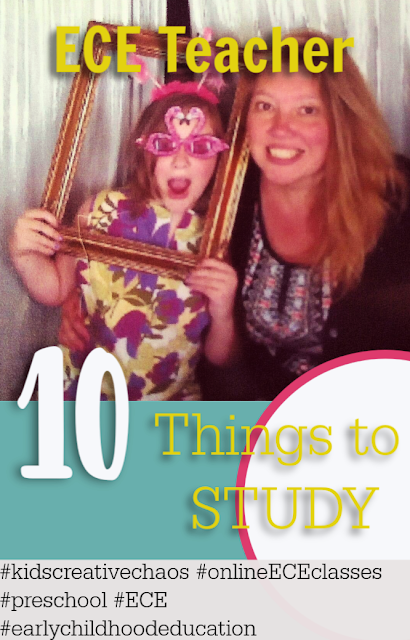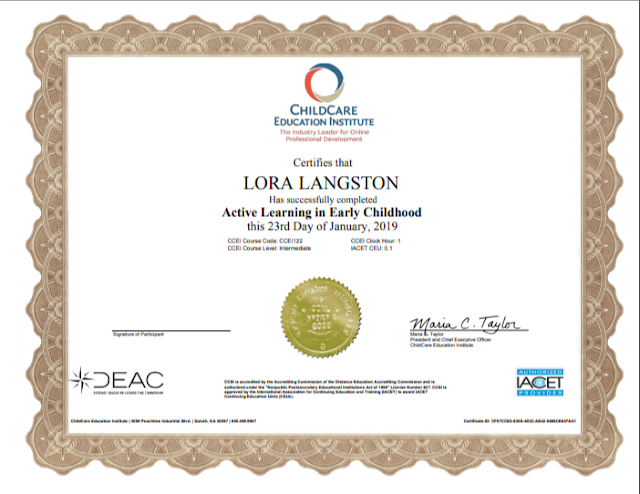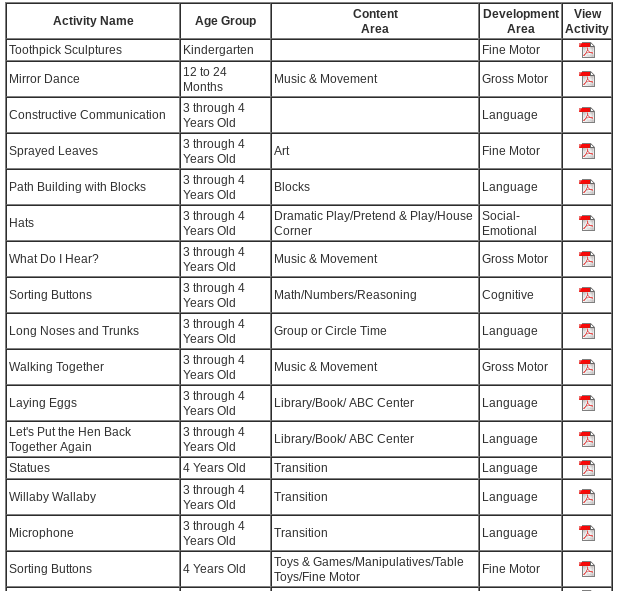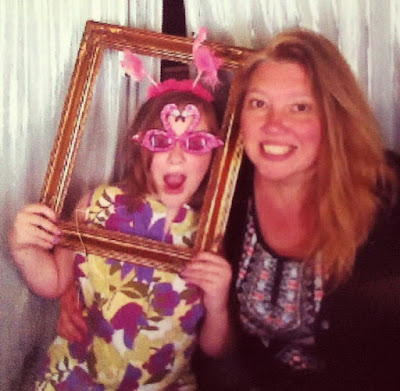5 Things You Should Know Before Your Next Cruise
Have some friends and family members who rave about going on cruises? You may wonder if voyaging on the open seas is your type of vacation. But maybe, after seeing photos of your friends' latest cruise ship travels, you're going to consider giving it a try to see what all the fuss is about. If so, here are 5 things you should do before taking a cruise. As always, the most important travel tip is to be
This post contains affiliate links.
Travel Tips and Tricks to make the most of your cruise experience:
1. Pre-Book What You Can
Reservations for most cruise's most popular attractions book up quickly. With this in mind, make it a point to pre-book on ship reservations for specialty restaurants, theater performances, childcare (if required) and excursions as far in advance as possible. If you're unable to book these extras before boarding the ship, be sure to make all reservations as soon as you board on embarkation day.
2. Avoid Over Packing
Before taking your first cruise, you should keep in mind that cruise ship cabins aren't as roomy as most hotel rooms. Cabins on cruise ships are painstakingly designed to maximize the use of the tiny space and provide creative storage solutions. With this in mind, aim to pack minimally with only one carry-on bag per person.
Not only will this help cut down on the clutter in your room, but it can also make air travel to the port easier. You might also want to look into using packing cubes to keep your things further organized. These small zippered pouches make packing and unpacking easier, allowing you to stow suitcases away from areas where you plan to relax.
3. Consider Your Charging Needs
Compact cruise cabins mean having fewer power outlets. While this may not be an issue for some, if you travel with tech gadgets like laptops, iPads, smartphones, headphones, and smartwatches, you will likely find that your family will be fighting over outlet usage. Skip the battle and bring along your own reinforcements.One option is an outlet adapter. By bringing this accessory, you can convert a basic dual outlet into a quadruple outlet with additional charging capabilities for two USB cords. Another option is a charging station, which provides for an easy way to keep devices neat and organized while they power up. Be sure to invest in a few extra-long USB cords, so you have more range while charging devices that are in use.
Alternatively, avoid bringing a power strip. These can easily overload the power source and could present a fire hazard. Some cruise ships ban power strips altogether, so whatever you decide to bring, make sure it complies with the cruise ship's safety regulations. If you aren't sure, call ahead or ask your travel agent.
4. Disconnect and Relax
Taking a cruise means that you'll have limited WiFi options. Take advantage of this time to relax and recharge by enjoying the opportunity to unplug and spend quality time with your family, without the distractions of email, phone calls and social media. While on-board, internet connectivity is available for a fee, so resist the urge to stay connected 24/7. If you must remain reachable for work or family reasons, buy an internet package while on board. These are often more cost-effective than à la carte WIFI usage.5. Plan Your Next Trip
If this is your first cruise, don't be surprised if you're ready to book your next cruise vacation by the end of your trip. Cruises have a way of making you feel spoiled, and for many it can be difficult to enjoy a standard vacation that requires a ton of planning, research and work when everything is all-inclusive on a cruise. Take advantage of deals by booking far in advance. For instance, you can save on the best Alaska cruises by booking as soon as next year's booking window opens.Have a Wonderful Time
By showing up early on your cruise embarkation day, with minimal luggage, some extra outlet adapters, and an open mind, you'll set yourself up for a wonderful first cruise. And, don't be surprised if you return to port with your next dream cruise already booked. Have you taken a cruise for vacation?Do yo have any additional tips that we should know before taking a cruise? In the comments below, let us know what else you think is important to know before taking your first cruise.
For more travel tips follow us on Pinterest, Family Travel Vacation Ideas.
Must Have Cruise Ship Accessories
Things to do in Indiana
Pin it and Remember it!






















